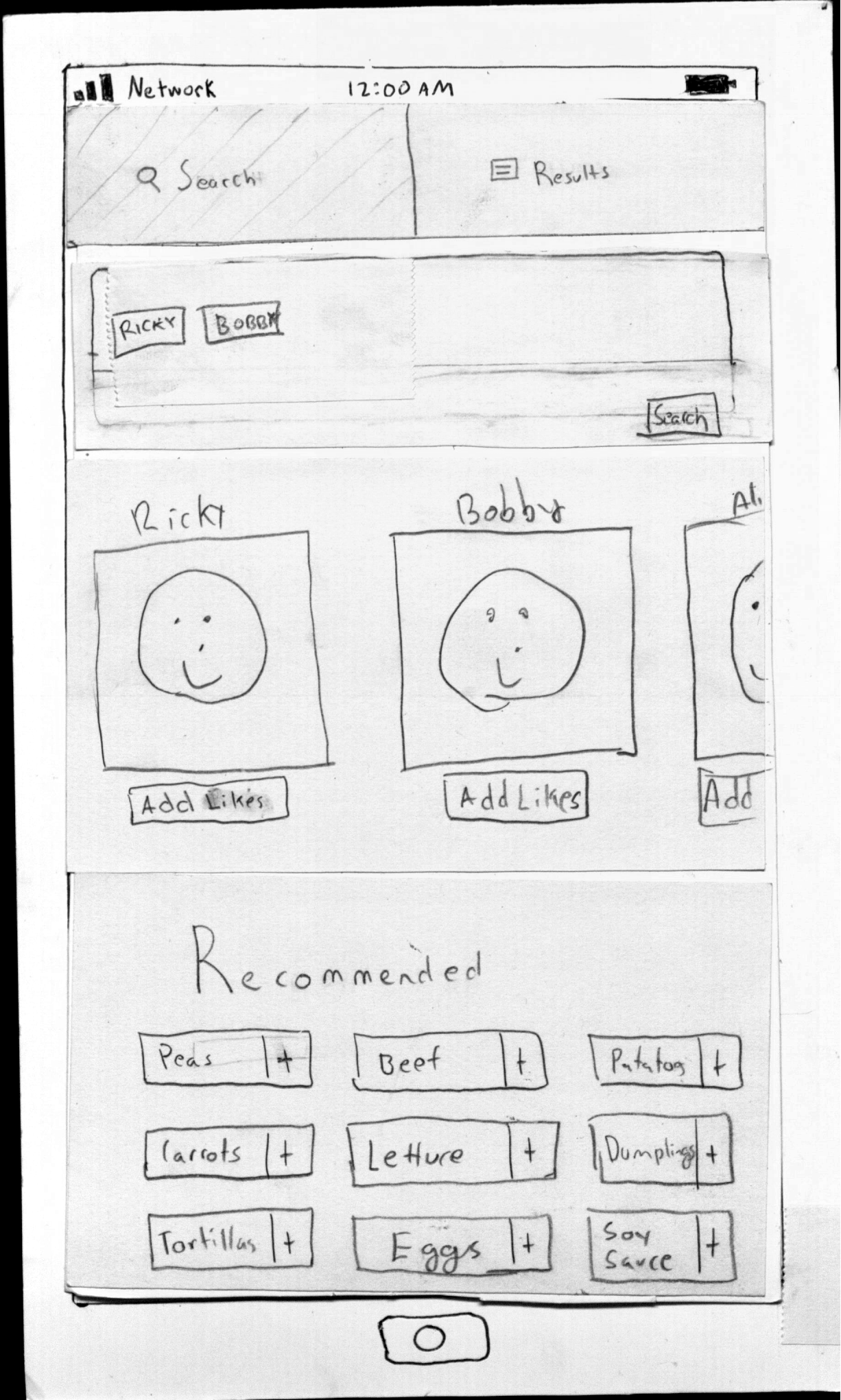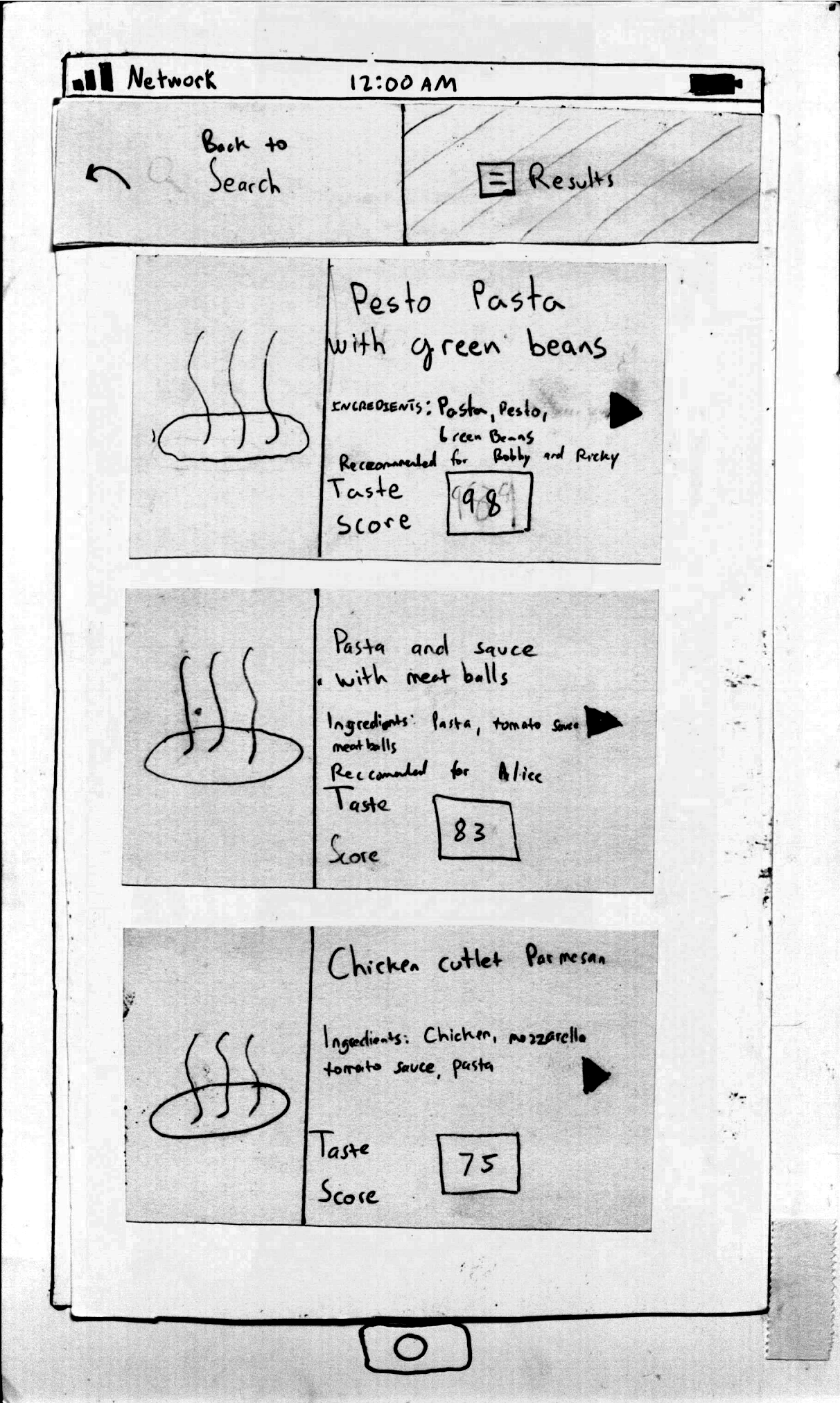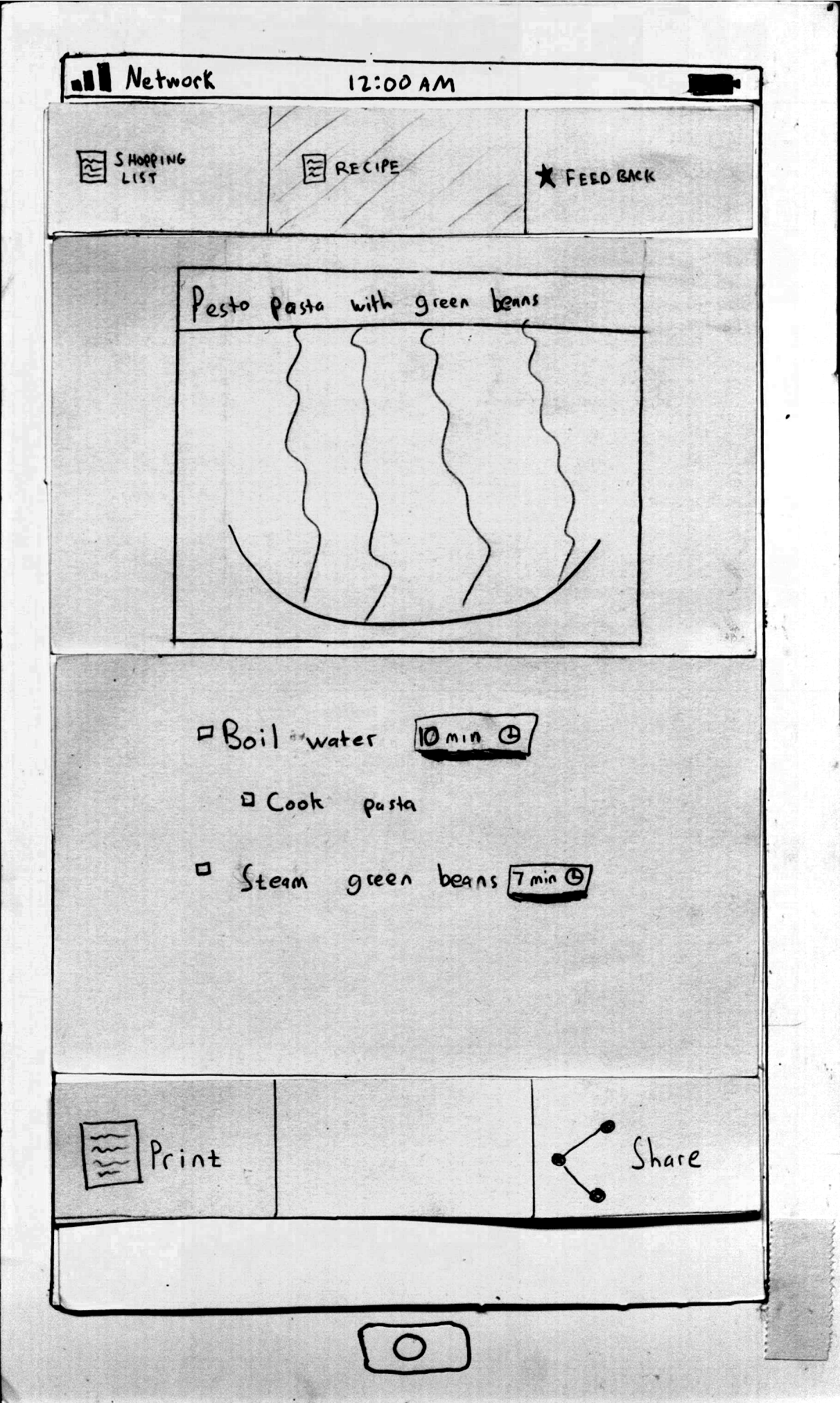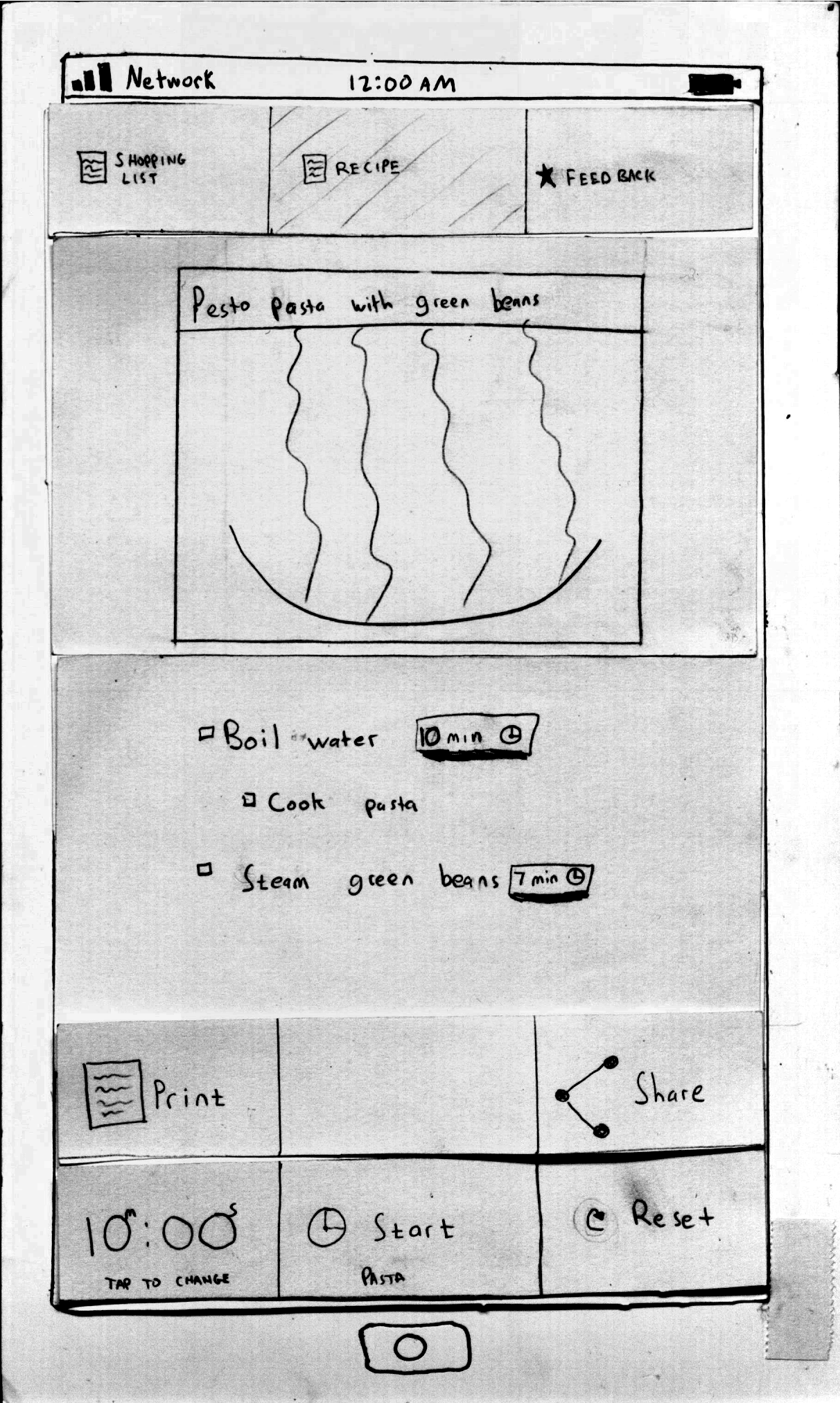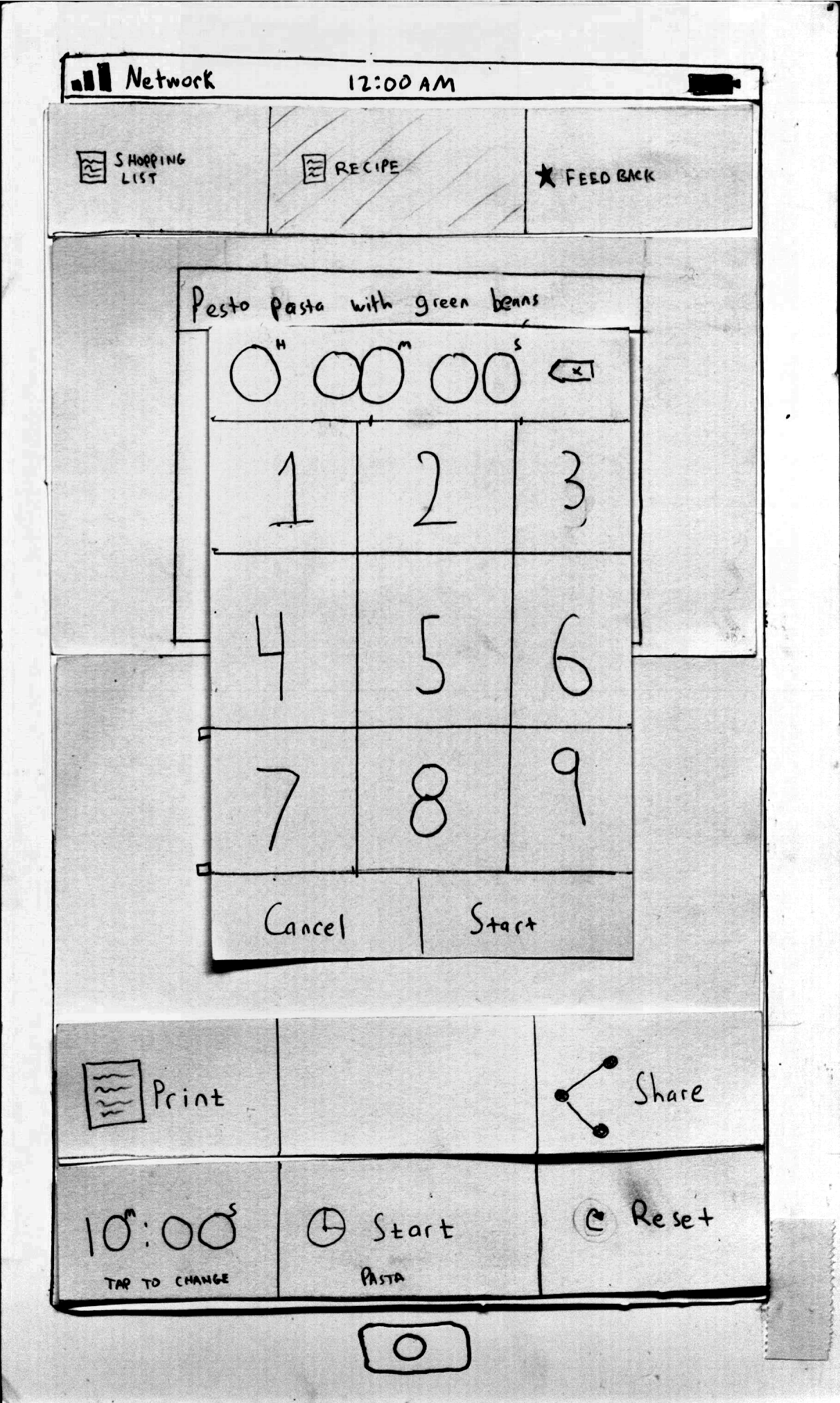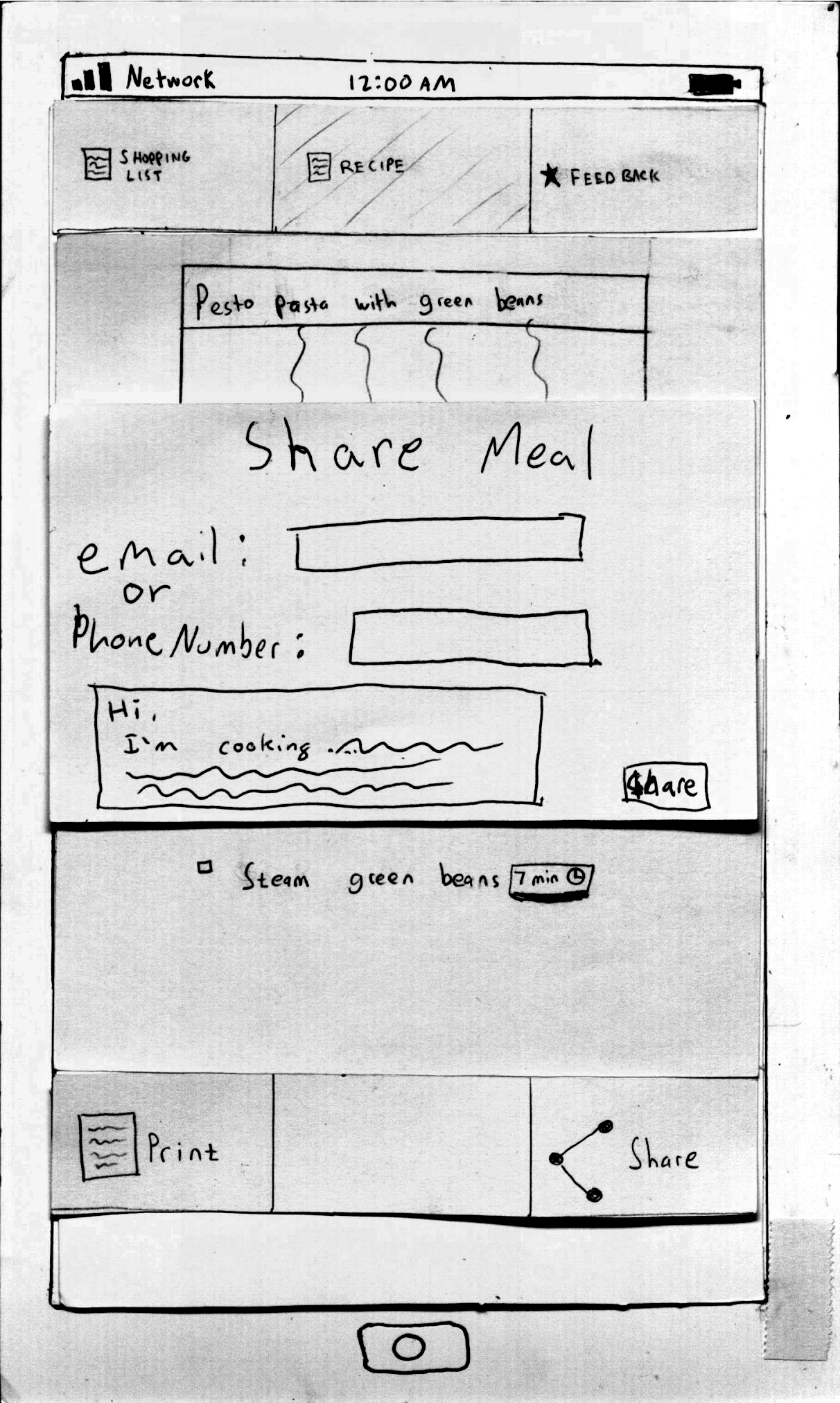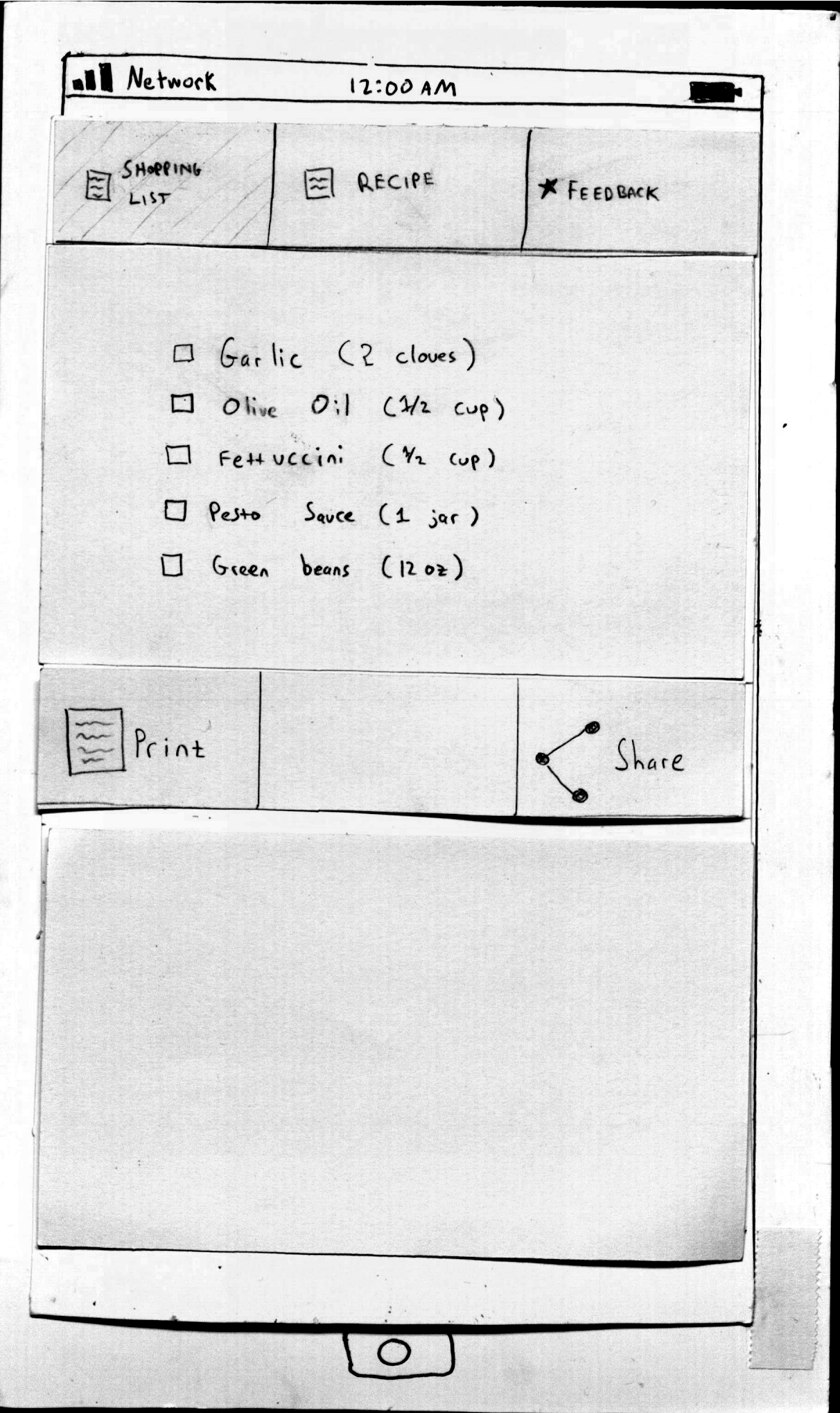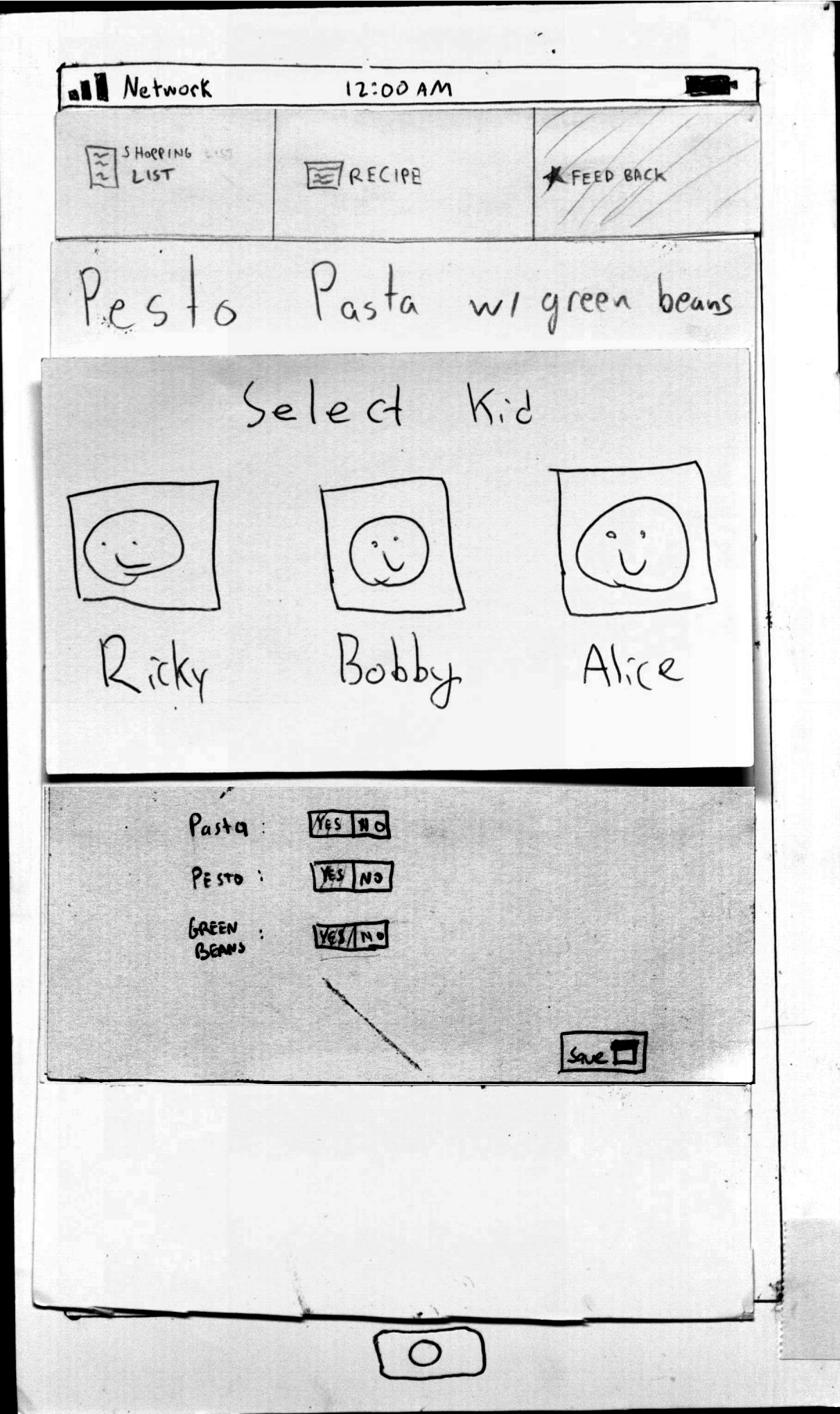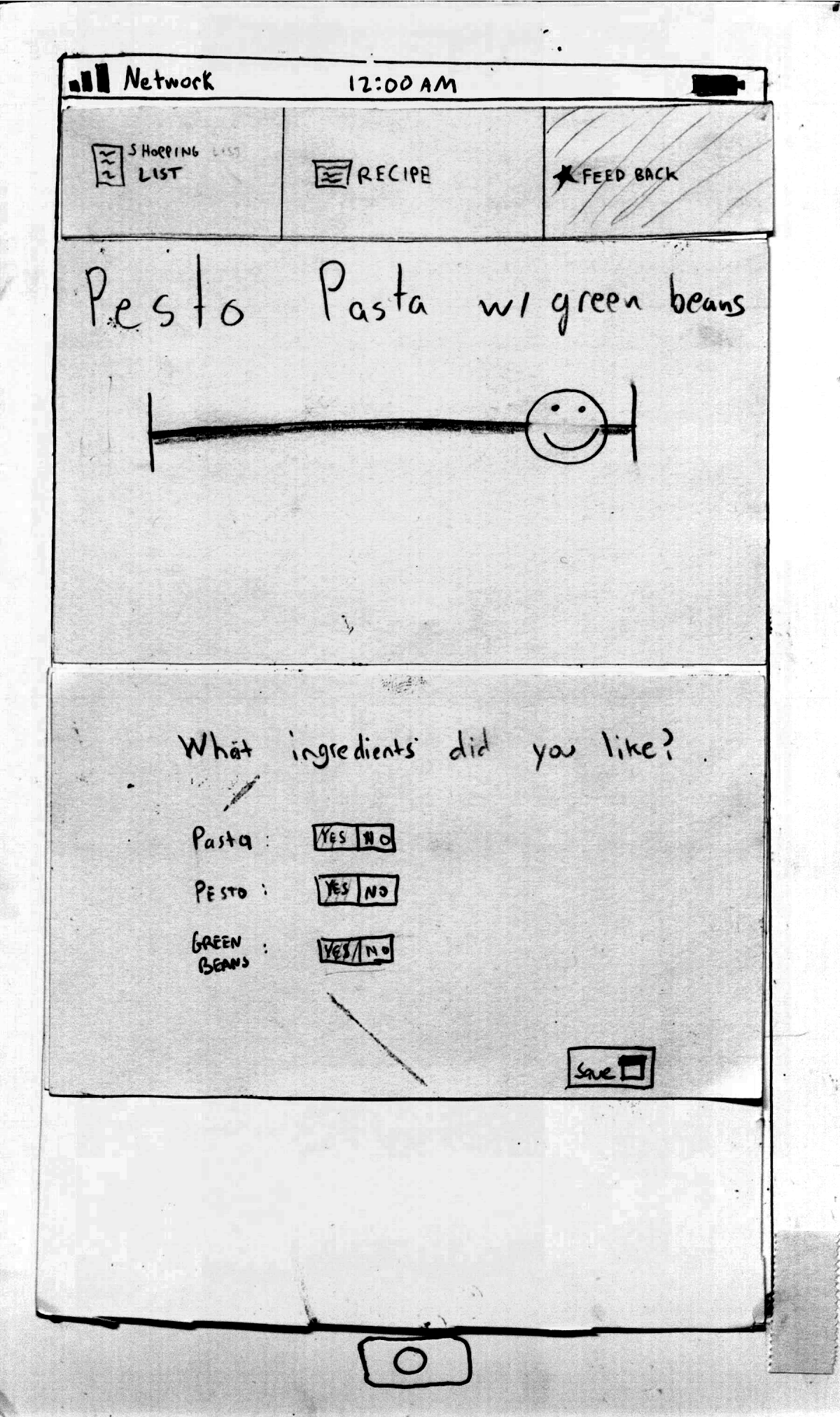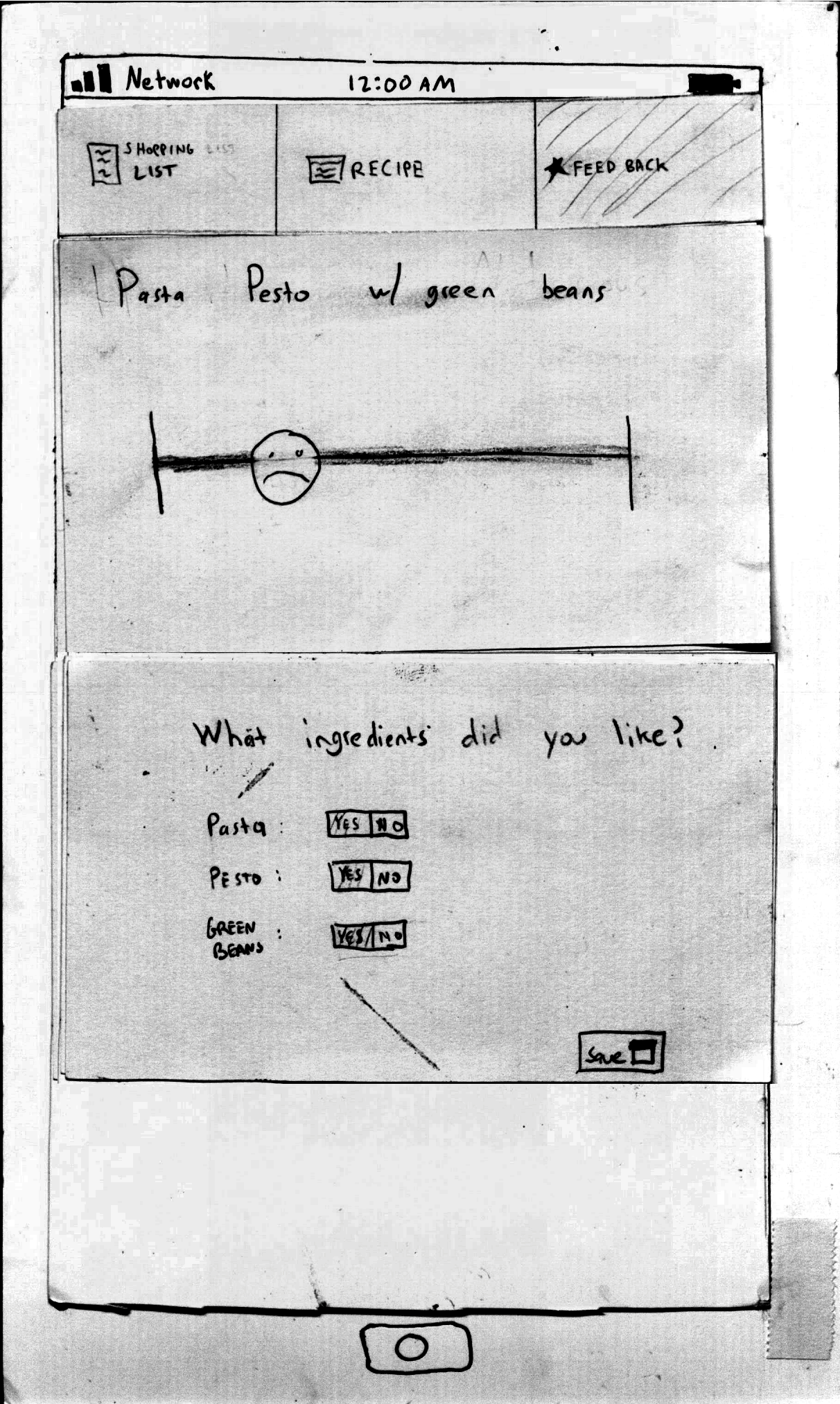Briefing:
Hello, you are testing Taste Twister! Taste Twister is a mobile web application designed to help parents plan meals for their kids.
Background:
As kids, we know we made our parents suffer as they tried to plan meals for us and our siblings. Kids can be picky eaters, and siblings often don’t agree on foods. Parents have a difficult time remembering what their kids like, and end up cooking the same dishes over and over. We want to make it easier for parents to find new meals to cook that their kids will actually like. Taste Twister makes the entire process of choosing meals based on what kids like fun and interactive for parents and kids.
Your role:
You are a parent of three kids, Ricky (age 6), Bobby (age 8), Alice (age 11). Your kids have very different food preferences, which you have trouble keeping track of. You’ve been cycling through the same meals for the past few weeks, and really want to try something new. After hearing about Taste Twister from one of your friends, you visited the mobile site and put in all of your kids’ information. You are about to head out of work and want to pick a dish for tonight before you head to the grocery store.
Your new role:
You are a Ricky, a 6-year-old child. You’re a pretty picky eater, and generally don’t like things that are green. You are interested in trying new foods, but only within reason. Your mom just made pesto pasta, and since pesto is green, you were skeptical about eating it. After dinner, your mom hands you her phone and asks you to rate the dinner.
Tasks:
Task 1: Cook a meal with pasta that you think your kids will like the most.
Task 2: Cook a meal that Ricky and Bobby are sure to like.
Task 3: Provide feedback on the meal you just ate.
Prototype Photos:
Search Query: Find meals by selecting a child and searching by their likes or selecting recommended ingredients
Search Results: Results with Taste Score and recommendations for each dish
Recipe List: Directions to cook meal with built in timers for convenience
Recipe List: Recipe list with a timer started to boil the water
Recipe List: Modal to manually change stopwatch time
Recipe List: Modal to share the recipe with another caregiver
Shopping List: List of ingredients needed for the dish
Feedback: Modal to select a child to rate the meal
Feedback: Child gives positive feedback for the meal
Feedback: Child gives negative feedback for the meal
Prototype Iteration:
Homepage:
The homepage needed to be changed to make it more efficient to search by a given child's preference.
- We added faces of kids that, when clicked, search by all of that kid's ingredient preferences. Originally we listed all the ingredient preferences for a kid by ingredient. Users found it easier to complete tasks when they could add all these ingredients at once.
- We notably increased the size of the search button to make it easier to locate. Many users had difficulty learning how to initiate a search during the first iteration.
Search Results page:
Our search page was modified to include more information to aid selecting a meal to cook.
- Changed the range of values taste score could take. The score was still out of 100 but we wanted to see the effect that a larger difference in the scores had.
- For each meal result, we added a line that said “Recommended for <kid's name>”. User's wanted feedback like this to explain the ranking of of a given meal.
- We added tags to meals like “healthy”, “quick”, “unique” to each result. This give a users a quick way to get a high level overview a meal option and help differentiate between results.
- We added an explicit back button to the search page to modify a search. This is a safety measure because users often wanted a method to go back and modify the query, but thought our current mechanism would clear their previous search.
Feedback Page:
- We added a select kid modal before being able to give feedback. Users were confused that they didn't tell the application who they were.
- We experimented with a scoring system that only allowed positive ratings. We thought this might help users make scoring decision, but we found this actually confused them.
